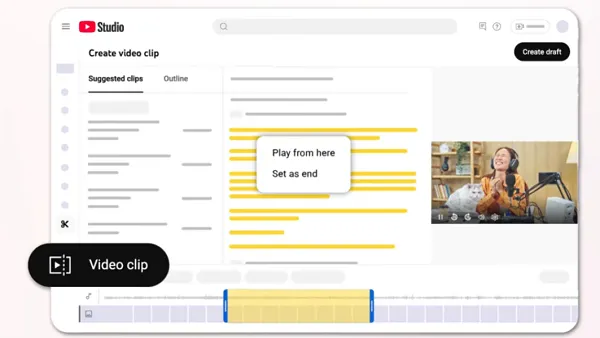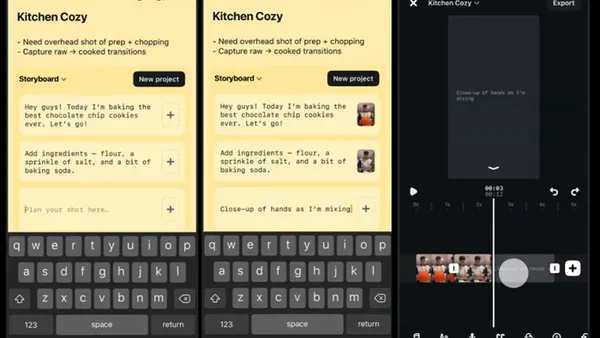Social media has evolved. Whilst it was once a nice little thing businesses did on the side to complement their main operations, it has developed into a life form of its own. Social media lives and breathes - ignore its potency at your peril.
It goes without saying that if you invest a certain amount of money in social media, you expect to see some hard evidence that it's working. In our previous social media ROI post we discussed the financial side of things - the business-increasing transactions and their respective values.
In the second in our series on social media ROI, we look at the business of measuring inbound traffic towards digital assets.
This can be as simple as monitoring the click-through rates from links on your various social media platforms and, subsequently, by looking at the number of visitors to your website. Or, it can form part of a longer-term initiative that monitors your website's position on search engines.
In-bound traffic...
The beauty of most web-based activity is that it's easy to monitor traffic and the routes visitors take on their way to your website and, crucially, once they're on the website.
If you're not a Google Analytics convert yet, then you should be. You can place tracks on any single media asset on your website, from reports and newsletters, to blog posts and digital downloads.
With Analytics monitoring all activity on your website, you can gather valuable data such as which platform directed each visitor to your website - be it Twitter, Facebook, LinkedIn, a search engine or, indeed, any other website.
And it will even tell you where in the world they're based, helping you build a profile of your customer base.
Search engine rankings...
Besides the direct traffic social media platforms such as Twitter can bring your website, Google is always waxing lyrical about cutting down on spam and black-hat SEO, with 'organic' very much the desired approach.
This is where social media can really boost your company's online profile. Links to your website that emanate from a social media site will be viewed in a favourable light by Google, given they are deemed to be an indicator of the quality of the content on your website, and this influence is something Google has claimed will increase in future algorithm changes.
F-commerce...the future?
If you're feeling brave, then social media can actually be your chief driver of web traffic in all your company's web-based activity.
Whilst it's unadvisable to do-away with your company website quite yet, you can actually carry out business entirely within the social sphere. Online clothing retailer ASOS recently launched the UK's first fully-integrated shopping experience on Facebook, allowing users to buy directly from the social network.
This has massive implications for e-commerce...are we now seeing f-commerce come to fruition? Perhaps, but the key point to glean here is this: 'f-commerce', for want of a better term, effectively removes any division between your social and business activity. An interesting concept, one that's fast becoming a reality.
In this scenario, monitoring the ROI on social media becomes far simpler too.
Social platforms as digital assets
With all this traffic monitoring going on, it's easy to forget that your social platforms are digital assets in their own right. The more 'follows' on Twitter, 'likes' on Facebook or 'views'/'channel subscriptions' on YouTube you receive is a clear indicator of the interest surrounding your brand. If your company has a thousand followers on Twitter, for example, even if none of them have spent a single penny on your wares yet, a sizeable chunk of these followers will have more than a passing interest in your product.
How you tap into this latent customer base is another issue altogether. But as a measure of your social media ROI, the growth of your online following offers a clear metric of the efficacy of your social media spend.










